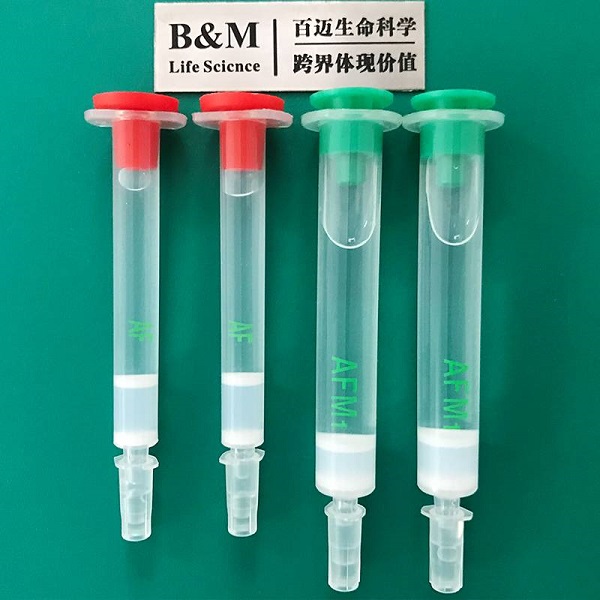Methods of protein purification:
The method of protein purification, separation and purification of protein, the protein is released from the original cells or tissues in a dissolved state and remains in the original natural state without loss of biological activity. For this reason, the material should remove animal and adipose tissue, the seed material should even peel off the contamination of the seed coat from substances such as tannins, and the oil seed should preferably use a low-boiling organic solvent.
1. The method of protein purification, size and different separation analysis methods: dialysis and ultrafiltration use these proteins to pass through the nature of molecules that cannot pass through the semi-permeable membrane; density gradient centrifugation The quality and density of the protein in the medium will have a greater impact on particles. Settling speed is faster; gel filtration is a kind of column chromatography.
2. Separation of solubility difference in use: electro-precipitation because the net charge of protein molecules is at zero isoelectric point, reducing the electrostatic repulsion between molecules, easy to aggregate, and minimum solubility; salt solution used with salt solution The concentration increases or decreases the solubility of the protein.
3. The charge is separated and analyzed by different methods, the main contents include electrophoresis and ion exchange chromatography.
4. Methods of protein purification The selective adsorption and separation of proteins utilize the strength of particle adsorption.
5. Affinity chromatography is based on the separation of ligands. This biological characteristic allows protein molecules to bind specifically rather than covalently to another molecule called a ligand.
6. Method of protein purification: Low-temperature organic solvent precipitation method: Use organic solvents that are miscible with water, such as methanol, ethanol, to reduce the solubility and precipitation of most proteins. This method is higher than the resolution salting out, but the protein denatures more When easy, it should be done at low temperature.
How to purify protein purification:
How to purify protein, protein is a large molecule, and various molecular sizes of albumin, there are some simpler methods to separate protein and small molecule materials, and also separated protein mixture. The main methods for separating proteins of different molecular sizes are dialysis, ultrafiltration, gel filtration, and centrifugal separation. Dialysis and ultrafiltration are commonly used in protein separation methods. The dialysis mixture to be separated is placed in a dialysis bag made of a semipermeable membrane, and then immersed in the dialysis solution for separation. Ultrafiltration is the process of passing water and other small molecules using centrifugal force or pressure in a semi-permeable membrane and trapping proteins in the semi-permeable membrane. These two methods can be separated from protein-based macromolecules and inorganic salt-based small molecules. They are often salted out, used in conjunction with the salt dissolution method, or can be introduced to take out these two methods after salting out using inorganic salt solutions.
1. How to purify protein by salting-out method: The basis of salting-out method is that the solubility of protein in dilute salt solution will increase with the increase of salt concentration, but when the salt concentration increases to a certain value, the water activity will be increased. Decrease, which in turn can cause some proteins to generate charges through the molecular structure surface to be gradually neutralized, and the hydration membrane is gradually destroyed, which can eventually cause related proteins and molecules to develop agglomeration and precipitate from different solutions.
2. Organic solvent precipitation method: There are two reasons to reduce the solubility of protein in organic solvents: how to purify protein as a salt solution with dehydration; secondly, the dielectric constant of organic solvents than water can be reduced In polar solvents.
3. Protein precipitating agent: protein as a precipitating agent only acts on one type or one of protein precipitation, common ones are alkaline, protein, lectin, and heavy metals.
4. Polyethylene glycol precipitation: How to purify water-soluble non-ionic polymers for protein purification, such as polyethylene glycol and sodium dextran sulfate to precipitate proteins.
Post time: Oct-27-2020

